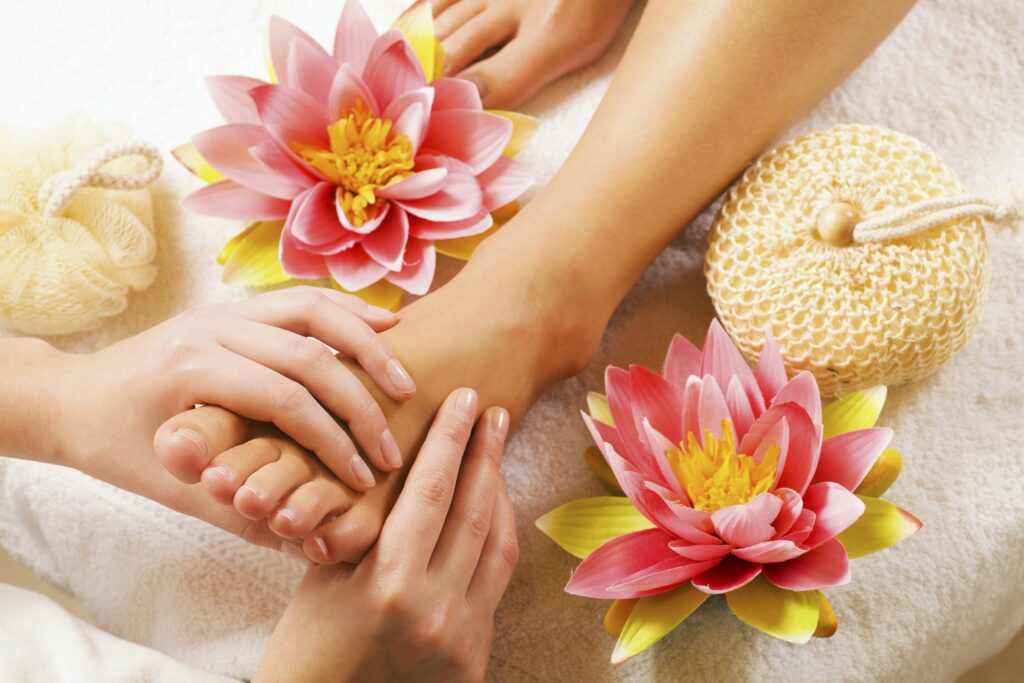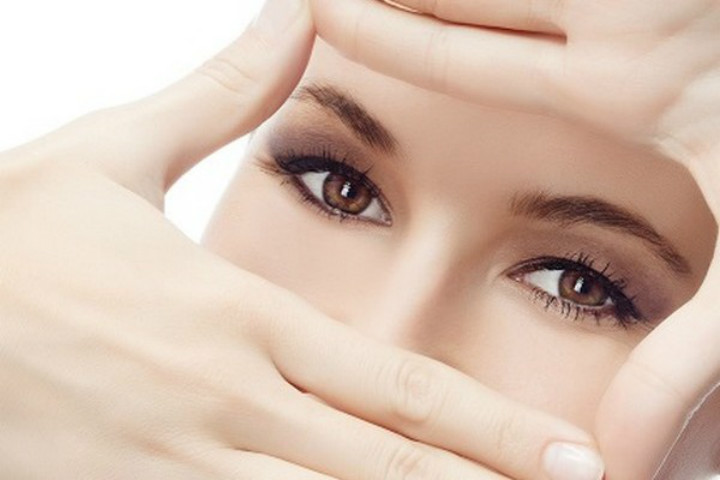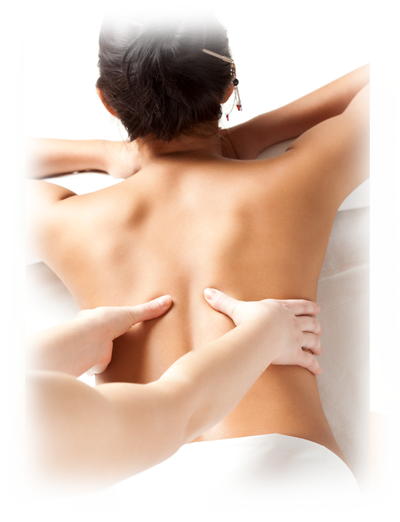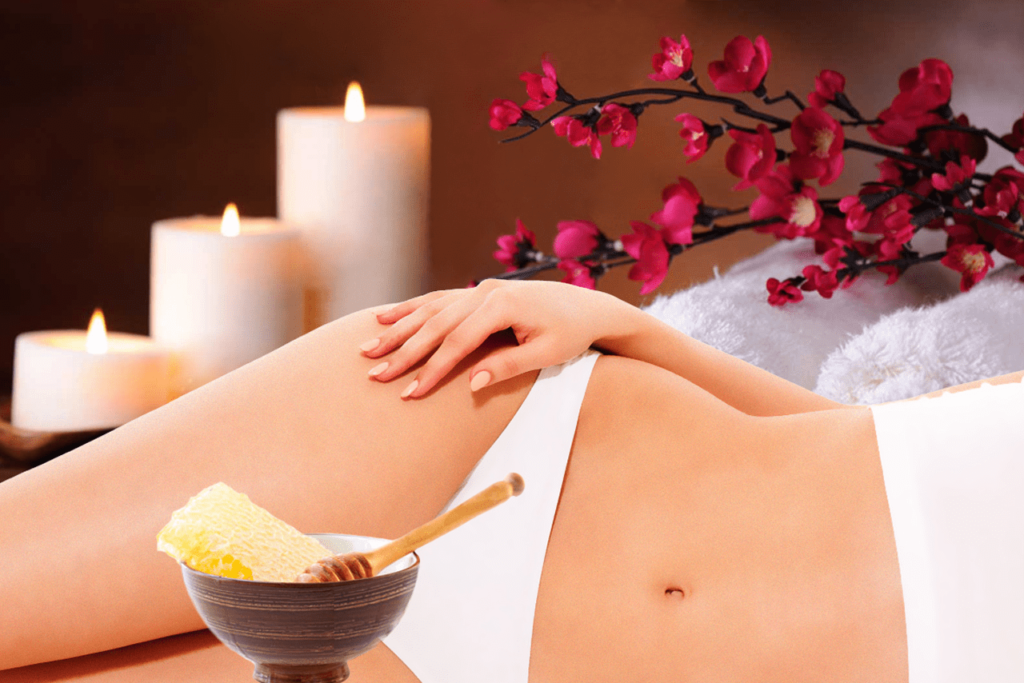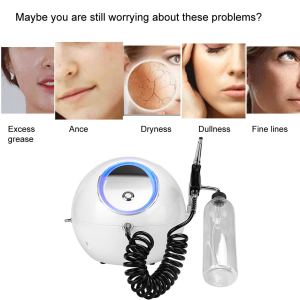
What is reflexology?
Reflexology is a type of massage that involves applying different amounts of pressure to the feet, hands and ears. It’s based on a theory that these body parts are connected to certain organs and body systems. People who practice this technique are called reflexologists.
Reflexologists believe that applying pressure to these parts offers a range of health benefits.

Reflexology is a non-invasive complementary health therapy that can be effective in promoting deep relaxation and wellbeing; by reducing stress in people’s lives can be key in optimising good health and building resilience. It is a touch therapy that is based on the theory that different points on the feet, lower leg, hands, face or ears correspond with different areas of the body and reflexologists work these points and areas.
However reflexology is viewed, there can be no doubt that what it does provide is a period of time for relaxation where the client has one to one attention and supportive touch in an empathetic listening environment. Reflexology can be used safely alongside standard healthcare to promote better health for their clients.
How does reflexology work?
There are a few different theories about how reflexology works.
In traditional Chinese medicine
Reflexology rests on the ancient Chinese belief in qi (pronounced “chee”), or “vital energy.” According to this belief, qi flows through each person. When a person feels stressed, their body blocks qi.
This can cause an imbalance in the body that leads to illness. Reflexology aims to keep qi flowing through the body, keeping it balanced and disease free.
In Chinese medicine, different body parts correspond with different pressure points on the body. Reflexologists use maps of these points in the feet, hands, and ears to determine where they should apply pressure.
They believe their touch sends energy flowing through a person’s body until it reaches the area in need of healing.

Other theories
In the 1890s, British scientists found that nerves connect the skin and internal organs. They also found that the body’s entire nervous system tends to adjust to outside factors, including touch.
A reflexologist’s touch may help to calm the central nervous system, promoting relaxation and other benefits just like any form of massage.
Others believe that the brain creates pain as a subjective experience. Sometimes, the brain reacts to physical pain. But in other cases, it may create pain in response to emotional or mental distress.
Some believe that reflexology can reduce pain through calming touch, which may help to improve someone’s mood and reduce stress.
Zone theory is another belief that some use to explain how reflexology works. This theory holds that the body contains 10 vertical zones. Each zone contains different body parts and corresponds to specific fingers and toes.
Practitioners of the zone theory believe that touching these fingers and toes allows them to access every body part in a particular zone.
A brief history of Western reflexology
The theory of reflexology is that all the systems and organs of the whole body are mirrored or reflected in smaller peripheral areas, for example the feet, hands, ears and face. These can be seen in relation to the feet by following the link to our interactive reflexology map (right).
Back in the 1920’s investigative studies regarding this concept allowed the first Western reflexology foot map to be produced. Since that time the other anatomical areas have been mapped allowing this model to be applied to the hands, ears and face.
The reflexologist simply works those reflected areas with their sensitive fingers, aiming to bring those areas back to balance and therefore aiding the body to work as well as it can. Reflexology very much works on an individual basis, the reflexologist provides professional facilitation of your body’s own potential for well-being.
While there are few available scientific studies specifically into how reflexology works, there are scientific studies that support the potential positive effects that can be achieved by touch.
A brief history of Western reflexology
Whilst the art of reflexology dates back to Ancient Egypt, India and China, this therapy was not introduced to the West until Dr William Fitzgerald developed ‘Zone therapy’ in the early 1900s. He believed that reflex areas on the feet and hands were linked to other areas and organs of the body within the same zone.
In the 1930’s, Eunice Ingham further developed this zone therapy into what is known as reflexology. Her opinion was that congestion or tension in any part of the foot is mirrored in the corresponding part of the body.

Is reflexology suitable for me?
Reflexology is a therapy which can be received by anyone at any age, from newborn babies to those receiving end of life care, and everyone in between. However, there may occasionally be times when it is not suitable to provide a treatment. The best advice we can give you is to give your local reflexologist a ring and ask! Please note: reflexology should not be used as an alternative to seeking medical advice.
Will reflexology help me?
Well trained reflexologists do not claim to cure, diagnose or prescribe. Reflexology is a very individual treatment which is tailored to you as a whole person, taking into account both physical and non-physical factors that might be affecting your wellbeing. Some people find it works for them – some don’t. The best way to find out is to try it!
The theory is that reflexology helps the body to restore its balance naturally. Usually, after a treatment your tension may be reduced and you might feel relaxed. You might also notice yourself sleeping better and find your mood and sense of wellbeing improving. You may also find that other aspects improve too; however, this happens on an individual basis.
There have been some positive research projects carried out with reflexology; however, as yet, there is not a large enough body of evidence for us to make clinical claims of effectiveness.
With ever increasing levels of stress in everyday life, it is important for people to take more responsibility for their own healthcare needs. Reflexology may be one of the ways to mitigate the stresses of modern life.
What happens when I go for a treatment?
A full medical history will be requested on your first treatment, and you will be asked to sign a consent form for treatment. This information will be kept confidential. Reflexology is a very easy therapy to receive; depending on the type of reflexology, the most clothing that will have to be removed for a treatment to take place will be your socks and shoes.
The therapist will then use their hands to apply pressure to the feet, lower leg, hands, ears or face, depending on the type of reflexology chosen. You may feel areas of transient discomfort during the treatment, but generally the experience should be relaxing.
The therapist may recommend a course of treatments.
How will I feel after a reflexology treatment?
It is useful to give feedback to the reflexologist as this may show the response of your body to treatment. This in turn might help the reflexologist to tailor a treatment plan specific to your needs. After one or two treatments your body may respond in a very noticeable way. Most people note a sense of well-being and relaxation; however, sometimes people report feeling lethargic, nauseous or tearful, but this is usually transitory and reflexologists believe that it is part of the healing process.
